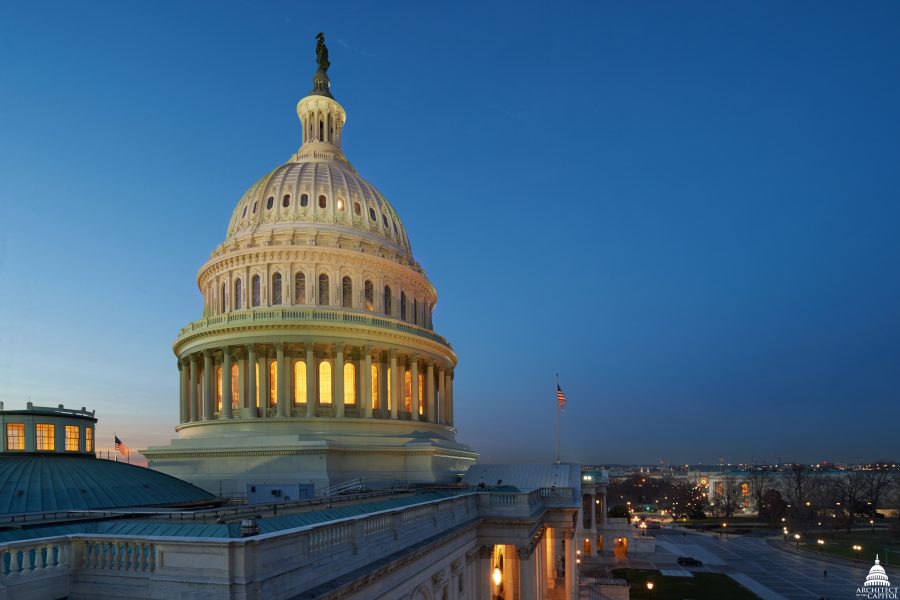The House Appropriations defense subcommittee rolled out its draft version of the fiscal 2023 defense funding bill June 14, cutting the Air Force’s planned buy of F-15EX fighters and moving to block any changes to the current system of “pass-through” funding.
All told, the top line for the budget is $761.7 billion for the entire Department of Defense, an increase of some $32 billion over the fiscal 2022 enacted total and in line with the Pentagon’s 2023 request. However, that sum is likely to be challenged by lawmakers who feel the increase isn’t enough to keep pace with historically high inflation. The panel meets for a closed markup session June 15.
For the Air Force, in particular, the proposed budget would fully fund many of the service’s key programs. It includes the money requested for USAF to buy 33 F-35 fighters, 15 KC-46 tankers, 10 HH-60W helicopters, $1.5 billion for B-21 bombers, and $1.7 billion for the Next Generation Air Dominance platform. It also includes $246 million for nine aircraft as part of U.S. Special Operations Command’s Armed Overwatch program.
However, it would limit the F-15EX purchase to 18 fighter jets. That’s down from the 24 requested by the Air Force, which would have doubled the 12 in the 2022 budget—USAF leaders told lawmakers in April that the service wanted to increase its purchases of the EX in the short term while reducing the overall numbers in the long term. That move, they said, was necessary to get older F-15C/Ds out of service faster while freeing up resources in the future for other programs.
Other requests from the Air Force’s unfunded priority list, such as seven more F-35s and four more EC-37B Compass Calls, were left untouched.
What was included in the bill was a requirement that no funds be used to modify the appropriations accounts for the National Intelligence Program budget, or even to change how that money is presented in the Pentagon’s budget documents.
Such a requirement would likely stymie any Air Force effort to separate out “pass-through” funding—billions of dollars that are officially included in the department’s top line but are never actually controlled by the Air Force, instead going to classified or undisclosed programs.
Critics say the practice of pass-through spending distorts public perception, making it seem as though the Air Force gets more money than it actually does. Appropriators, however, have been reluctant to make a change, with the argument for the status quo being that pass-through provides a needed layer of secrecy for some agencies.
The 2023 appropriations bill includes a caveat that the Director of National Intelligence and the Secretary of Defense can study and develop proposals for alternative accounting practices for pass-through spending, but those proposals can be only “for the purposes of achieving auditable financial statements and improving fiscal reporting” and will have to include “a comprehensive counterintelligence risk assessment to ensure that none of the alternative processes will adversely affect counterintelligence.” Those proposals would also have to be certified by the affected agencies.
For the Space Force, the proposed 2023 budget would include $3.9 billion in funding to continue the transition of space activities to the new service. It would also include $647 million to buy two GPS III Follow On satellites.
However, the budget would also cut USSF’s research and development funding—the largest chunk of its request—from $15.8 billion to $15.46 billion.
The Space Development Agency, scheduled to become part of the Space Force later this year, got a boost in the proposed budget, with funding for five launches as part of the National Security Space Launch program. That’s a boost of two over the agency’s initial budget request and in line with its unfunded priority list. With the additional launches, SDA officials say they could get the Tracking Layer of its planned multi-use satellite constellation online by 2025, a year ahead of schedule.
